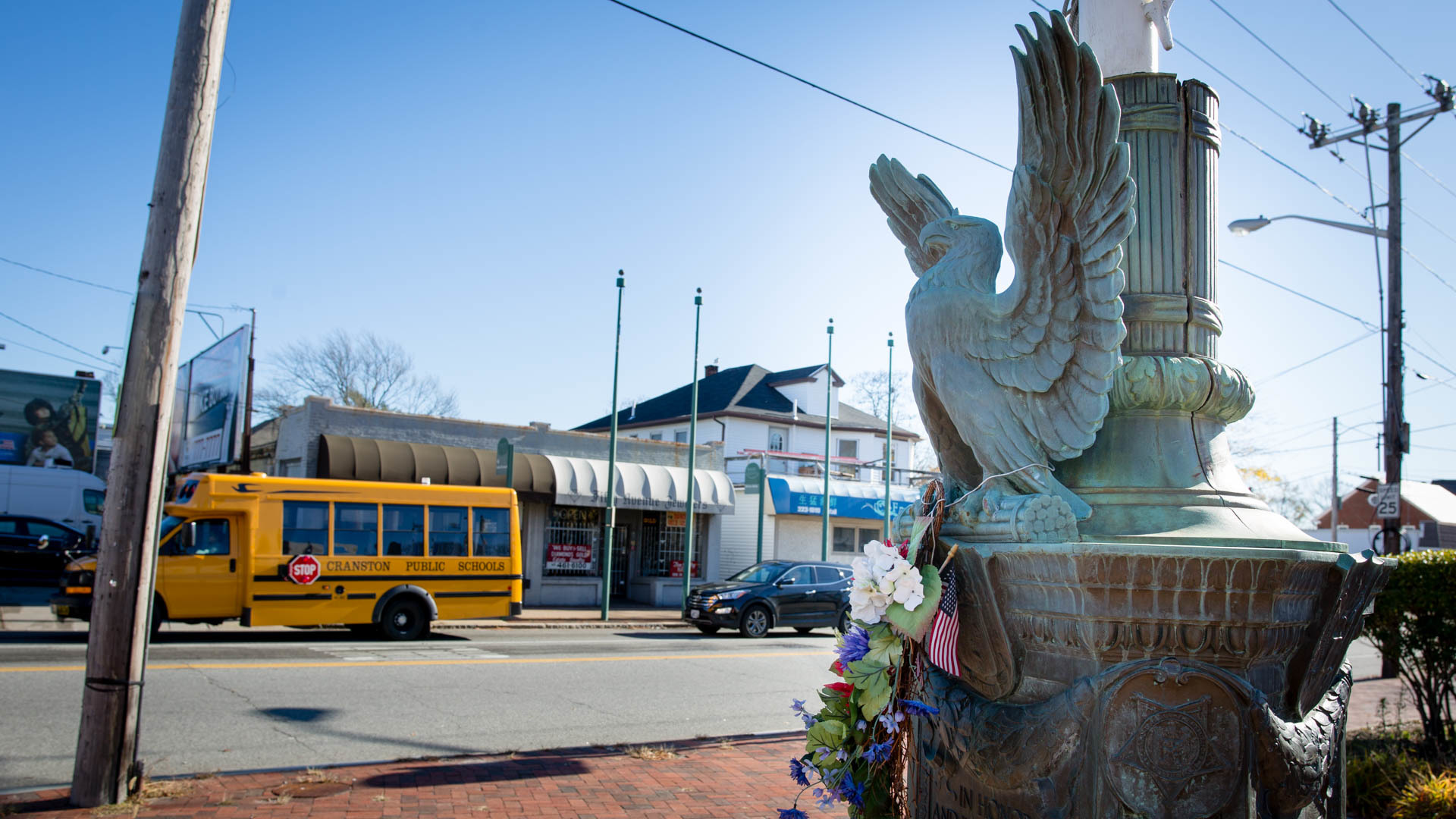Like many suburban cities, Cranston is becoming more diverse. The OneCranston Initiative seeks to embrace this change and increase social cohesion among and between residents, with a focus on Cranston's growing low-income and minority populations. OneCranston aims to increase social and civic engagement among residents by uniting public, private, and nonprofit organizations in pursuit of common goals. It works to address important "opportunity gaps" for youth, increase access to employment and post-secondary opportunities, and ultimately address issues that contribute to persistent socioeconomic disparities in the city.
Problem 
Cranston is becoming more economically and racially diverse. Between 2000 and 2015, the percentage of minority residents increased in every Cranston neighborhood, and the percentage of residents living below the federal poverty level increased or remained level in 82 percent of the city's 17 census tracts.
While the city grew at a 1.9 percent rate, the number of people of color living in Cranston doubled and the city's Hispanic and Asian populations grew by 187 percent and 65 percent, respectively. As the city changes, economic and racial disparities in income and education persist. Factors that create these disparities block access to opportunities for residents, slow economic growth and neighborhood renewal, and discourage civic engagement, particularly among the city's growing number of low-income and minority families.
Strategy 
OneCranston is pursuing six strategies designed to increase social cohesion and reduce economic and educational disparities, including:
- Identifying and engaging community leaders to build social and civic capital and solve problems
- Improving partners' abilities to effectively communicate with their changing constituencies
- Increasing out-of-school activities for youth
- Addressing achievement gaps in third-grade reading scores
- Better preparing and connecting low-income, minority residents to jobs and post-secondary school opportunities
- Bringing diverse communities together to increase understanding among cultural and ethnic groups and improve their ability to address challenging issues that underlie socioeconomic disparities
First-year actions will primarily revolve around implementing the first two strategies. This will require significant community engagement and leadership development and will form the foundation on which the additional strategies can be executed in years 2 and 3.
Initial activities include implementing a comprehensive, evidence-based leadership development training for parents with school-age kids and establishing a community matching fund to make small grants to neighborhood-based volunteer groups. The initiative will also support community gatherings and trainings that bring people together and increase their understanding of the city’s diverse cultures.
Vision 
OneCranston envisions a thriving and cohesive city where all feel they belong, and civically engaged citizens work together to build trust, fight exclusion, create opportunity, and work for the well-being of all.
4 images

The Team 
- Comprehensive Community Action Program (Backbone)
- Science and Envirotech
- YMCA
- Ocean State Kidz Club
- Gladstone Elementary
- Edgewood Highland
- Bain Middle School
- 21st CCLC
- Mystic Aquarium
- Searesearch Foundation
- Roger Williams Zoo
- Cranston Public Libraries
- Parks and Recs
- The Big Cheese
- Honey Dew
- Thirsty Beaver
- Anthony’s Coalfired Pizza
- 99 Restaurant
- Athenian Deli
- Texas Roadhouse
- Cucina Rustica
- Miller’s Crossing
- Café Mesa
- Marios Deli
- COZ
- St. David’s on the Hill
- Cranston High School West Alumni
- Stone Hill Elementary
- Dutemple Elemnetary
- Cranston Police
- Cranston Municipal Court
- City of Cranston
- Public Lab
- Senior Center
- Harbor One
- Roger Williams University
- Residents
- Students
“This initiative brings together people and organizations to work for real change, and that’s extremely positive and much needed in Cranston. As an organizational leader, I need to get to know residents who aren’t involved in my organization, but live in the larger community. This has got to be about more than just serving the people coming through our doors, and Working Cities makes sure it is. It’s also been great to collaborate with other organizations here – we’re just not as effective when we stay in our silos. Now, we can say, ‘Here’s what I bring, here’s what you bring, let’s work together.’ That opportunity has been incredible.”
Andrea Champagne, Executive Director of Cranston YMCA, OneCranston






